The majestic world of big cats is often associated with their fierce hunting skills and regal demeanor. However, few realize the intriguing relationship these creatures share with water. While some big cats thrive in this element, others prefer to keep their distance. This article unveils the unique bonds each species has with water, drawing cat enthusiasts into a world where nature’s fiercest predators reveal their playful and sometimes surprising aquatic affinities.
The Elusive Jaguars: Masters of the River
Jaguars, primarily found in the rainforests of Central and South America, are particularly fond of water. Unlike many cats, jaguars are excellent swimmers and often hunt by the riverbanks. Their powerful jaws are adept at catching prey like caimans and fish, making water an essential part of their hunting grounds. These cats can be seen lounging by the water’s edge, basking in the sun after a successful hunt. For a jaguar, water is not just a source of hydration but also an arena of survival. Their spotted coats provide perfect camouflage against the dappled light of the forest, allowing them to stealthily approach prey. Jaguars’ affinity for water underscores their adaptability and intelligence in using their surroundings to their advantage.
Bengal Tigers: The Swimmers of the Sundarbans
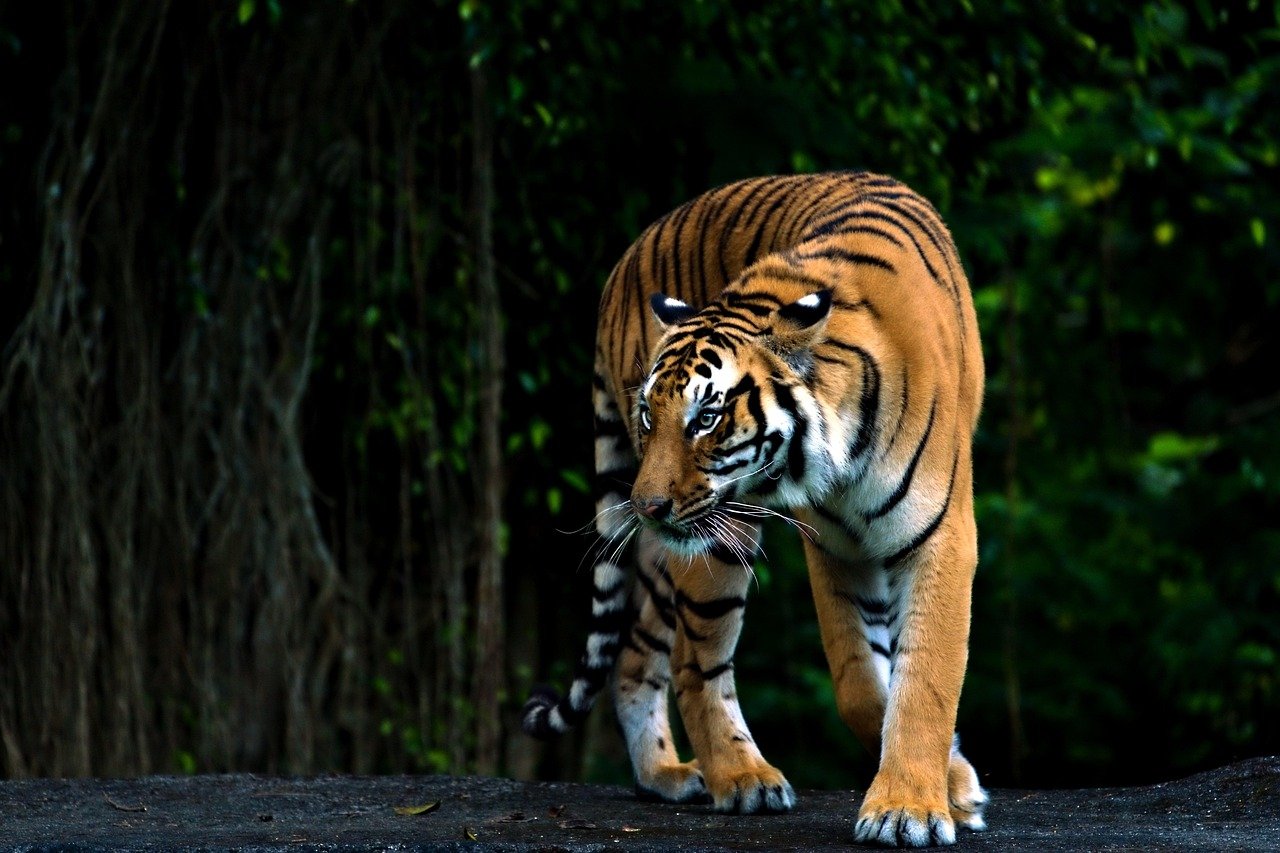
Bengal tigers, particularly those residing in the Sundarbans delta, are well-acquainted with water. These tigers often swim between islands in search of prey, showcasing their impressive swimming abilities. Waterways in their habitat serve as natural corridors, guiding them through the dense mangroves. Their webbed paws aid in efficient swimming, making them formidable aquatic hunters. While other tigers may avoid water, the Bengal tiger embraces it, finding both sustenance and territory within its depths. This relationship with water allows them to access areas less frequented by humans, ensuring their survival in increasingly crowded landscapes. Their ability to adapt to such environments highlights the resilience and versatility of this magnificent feline.
Lions: Rarely Seen in Water

Lions, the kings of the African savanna, are not typically associated with water. Unlike their feline cousins, lions prefer the arid plains and grasslands where they can stalk prey in open spaces. Water is essential for their survival but mainly serves as a drinking source rather than a playground. However, during the sweltering heat of the African summer, lions may be seen lounging in shallow waters to cool off. Such behavior is more of a necessity than a preference, as lions are not natural swimmers. Their pride dynamics require them to stay close to land, where cooperation in hunting and territory defense is paramount. Thus, while water is present in their lives, it rarely defines their lifestyle as it does for other big cats.
Leopards: Solitary Stalkers Near Streams
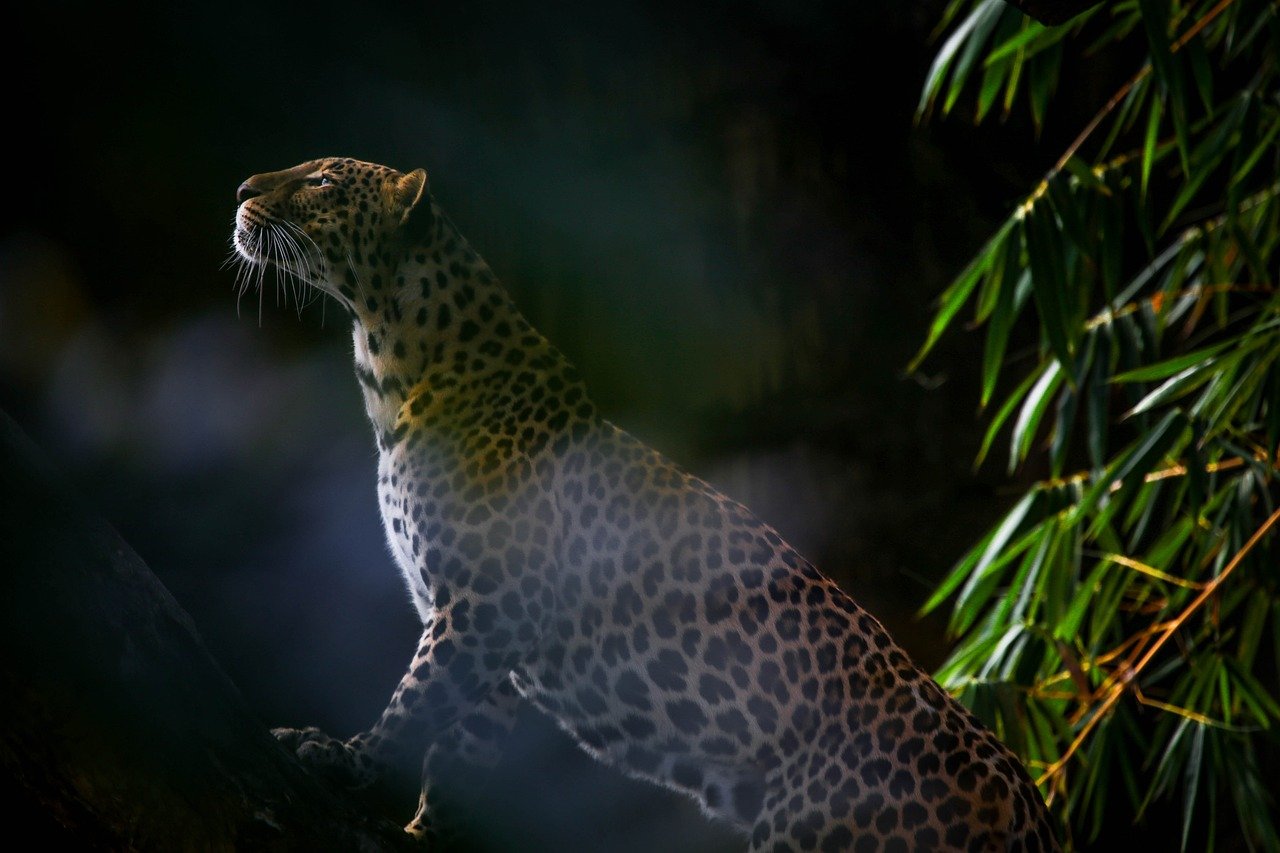
Leopards are solitary hunters often found near water sources, though they are not particularly fond of swimming. These agile cats prefer to lurk in the shadows, using rivers and streams as strategic points for ambushes. The presence of water often attracts prey, making it a valuable hunting ground for leopards. Their climbing prowess allows them to perch in trees, offering a vantage point to survey the waters below. While they may not dive in willingly, leopards have been known to cross water bodies when necessary. This opportunistic approach to water highlights their adaptability and cunning, traits that make them one of the most successful big cats in diverse environments. For leopards, water is a means to an end, rather than a habitat to explore.
Cheetahs: Speed Over Swimming
Cheetahs are renowned for their incredible speed on land, but they are not fans of water. These swift predators rely on their speed and agility to hunt in open grasslands, far from rivers and lakes. Water can be a hindrance for cheetahs, as their lightweight frames are built for sprinting, not swimming. While they may drink from water sources, they rarely venture into them. Cheetahs’ focus on speed means they prioritize open terrain where their hunting skills shine. Unlike other big cats, their relationship with water is minimal, underscoring their specialization in land-based pursuits. This limitation is a testament to the diversity of adaptations among big cats, each finding its niche in the natural world.
Pumas: Mountain Lions with a Tolerant Touch
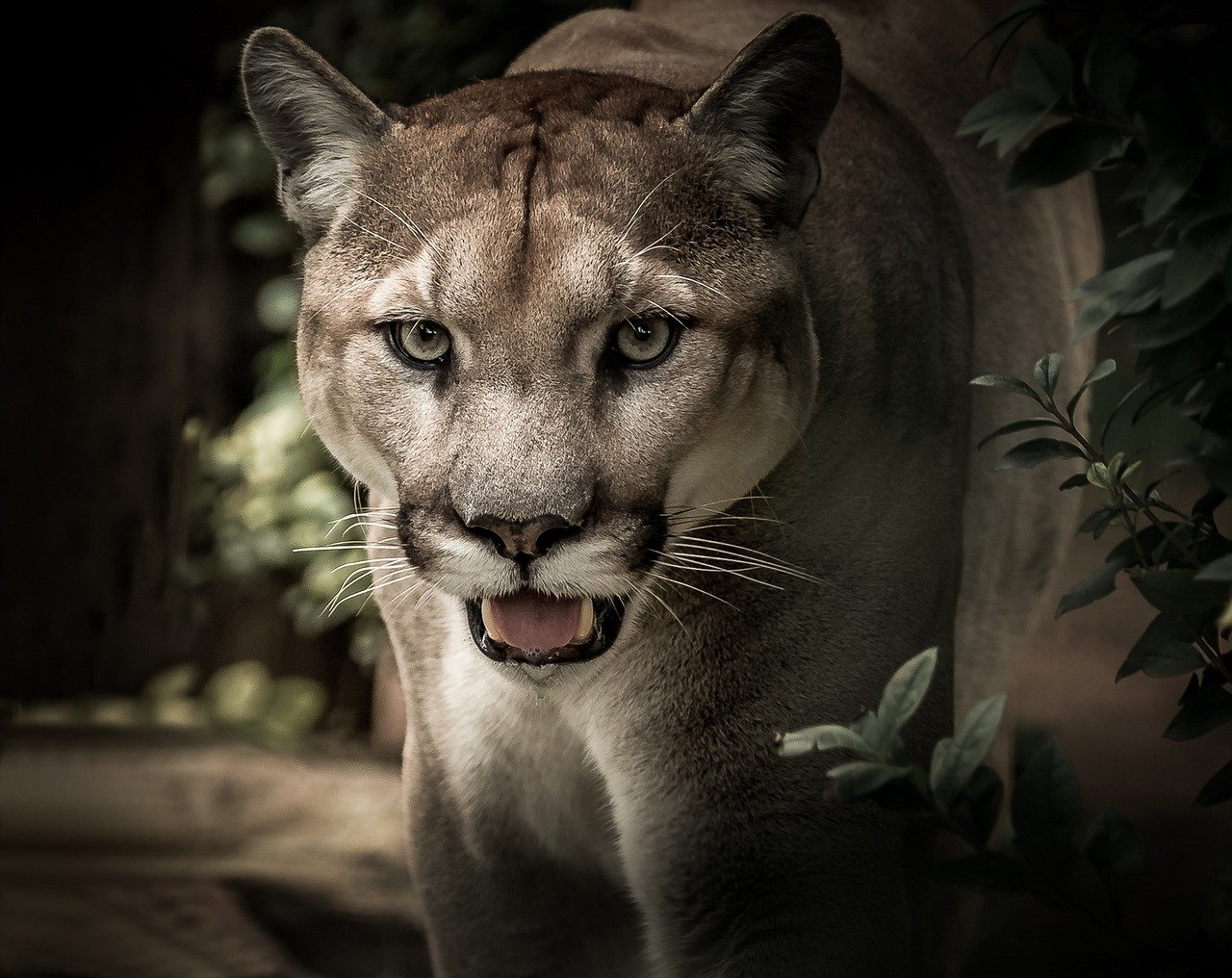
Pumas, also known as mountain lions or cougars, are versatile creatures that inhabit various landscapes across the Americas. Their relationship with water varies depending on their environment. In arid regions, pumas may rely on scarce water sources for survival, showing a tolerance for water rather than a preference. In more temperate areas, they may be seen near rivers and lakes, taking advantage of the prey attracted to these locations. While not enthusiastic swimmers, pumas can cross water if necessary, demonstrating their adaptability. Their broad range and ability to thrive in diverse habitats highlight their resilience and resourcefulness. Water plays a supporting role in their lives, complementing their wide-ranging lifestyle.
Snow Leopards: Ghosts of the Mountains
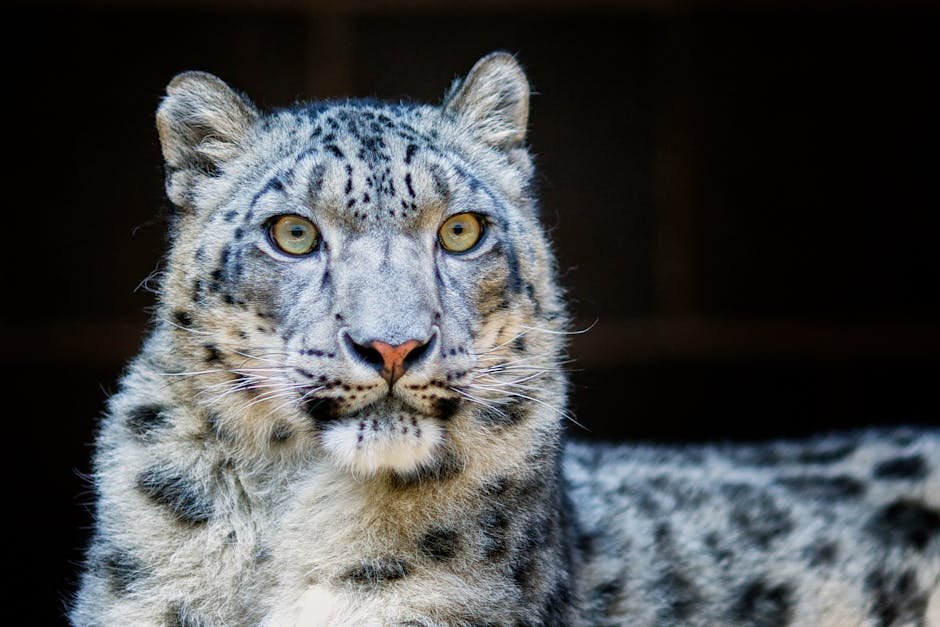
Snow leopards, elusive inhabitants of the high mountains, have a limited relationship with water. Found in the cold, rugged terrains of Central Asia, these cats are more accustomed to snow and ice than liquid water. Their thick fur and powerful limbs enable them to traverse snowy landscapes with ease, hunting mountain goats and other high-altitude prey. While they may occasionally encounter streams during the warmer months, snow leopards typically avoid water. Their solitary nature and preference for steep, rocky outcrops mean that water is not a significant element in their lives. The snow leopard’s existence in such harsh environments underscores the adaptability and endurance of big cats, each uniquely suited to their habitats.
Clouded Leopards: Masters of the Canopy
Clouded leopards, with their distinctive cloud-like spots, are arboreal cats often found in the dense forests of Southeast Asia. Their relationship with water is indirect, as they rarely descend to ground level where water is more accessible. These cats are adept climbers, spending much of their time in the trees, where they hunt for birds and small mammals. While they may drink from streams, they are not known for swimming. The canopy provides ample opportunities for hunting and shelter, making water a secondary concern for clouded leopards. Their unique arboreal lifestyle highlights the diverse adaptations of big cats, each carving a niche in their respective ecosystems. Water, for clouded leopards, is a backdrop to their tree-dwelling existence.
Fishing Cats: Nature’s Anglers
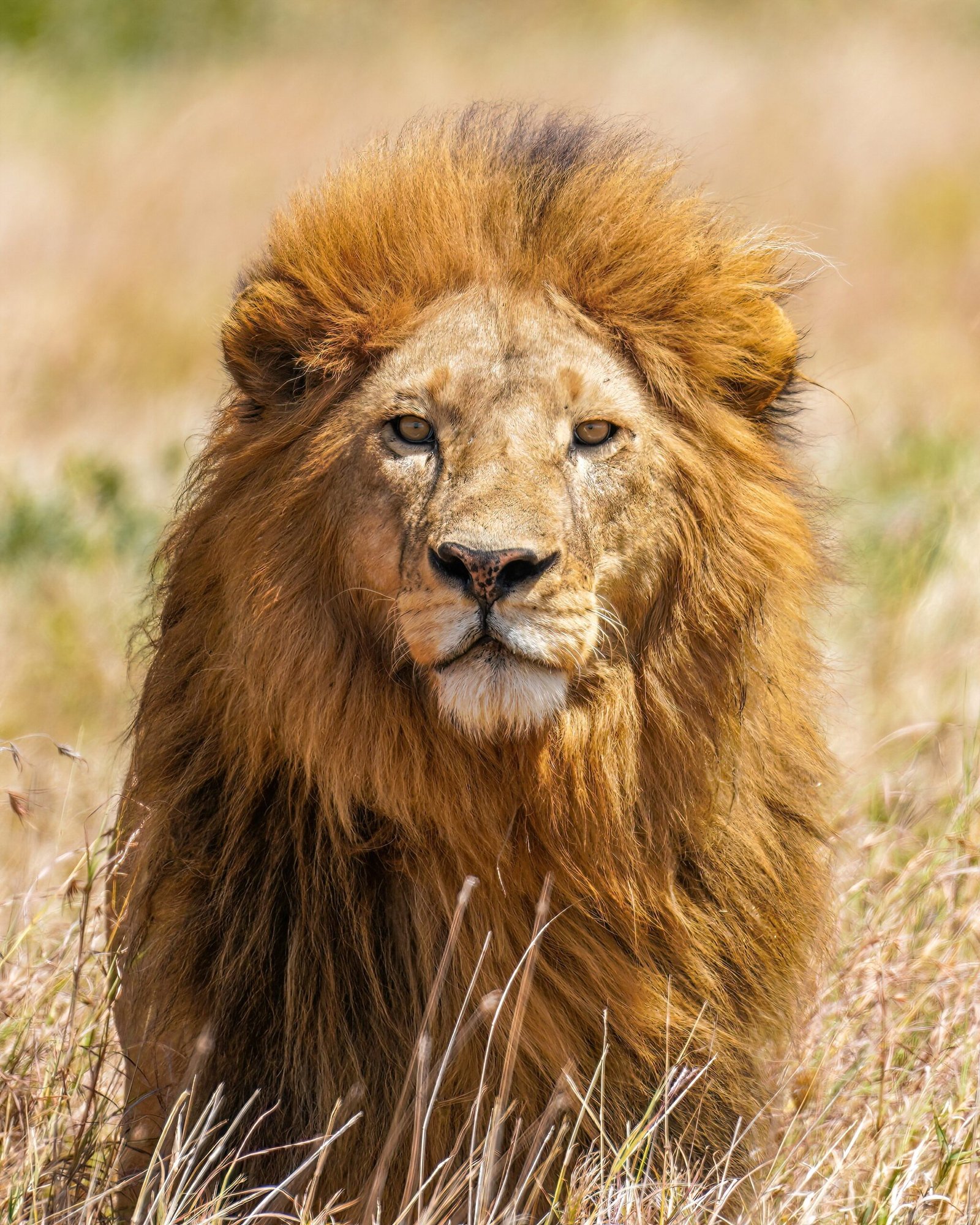
Fishing cats, as their name suggests, have a close affinity with water. Found in the wetlands of South and Southeast Asia, these cats are skilled swimmers and hunters of aquatic prey. Their partially webbed feet allow them to navigate water with ease, making them proficient anglers. Fishing cats often hunt at night, using their keen senses to detect fish and other aquatic creatures. Water is central to their existence, providing both sustenance and a habitat rich in resources. Unlike other big cats, fishing cats are truly at home in water, showcasing nature’s remarkable ability to adapt to specific ecological niches. Their relationship with water is a testament to the diverse ways in which big cats interact with their surroundings.
Servals: Water as a Hunting Ground
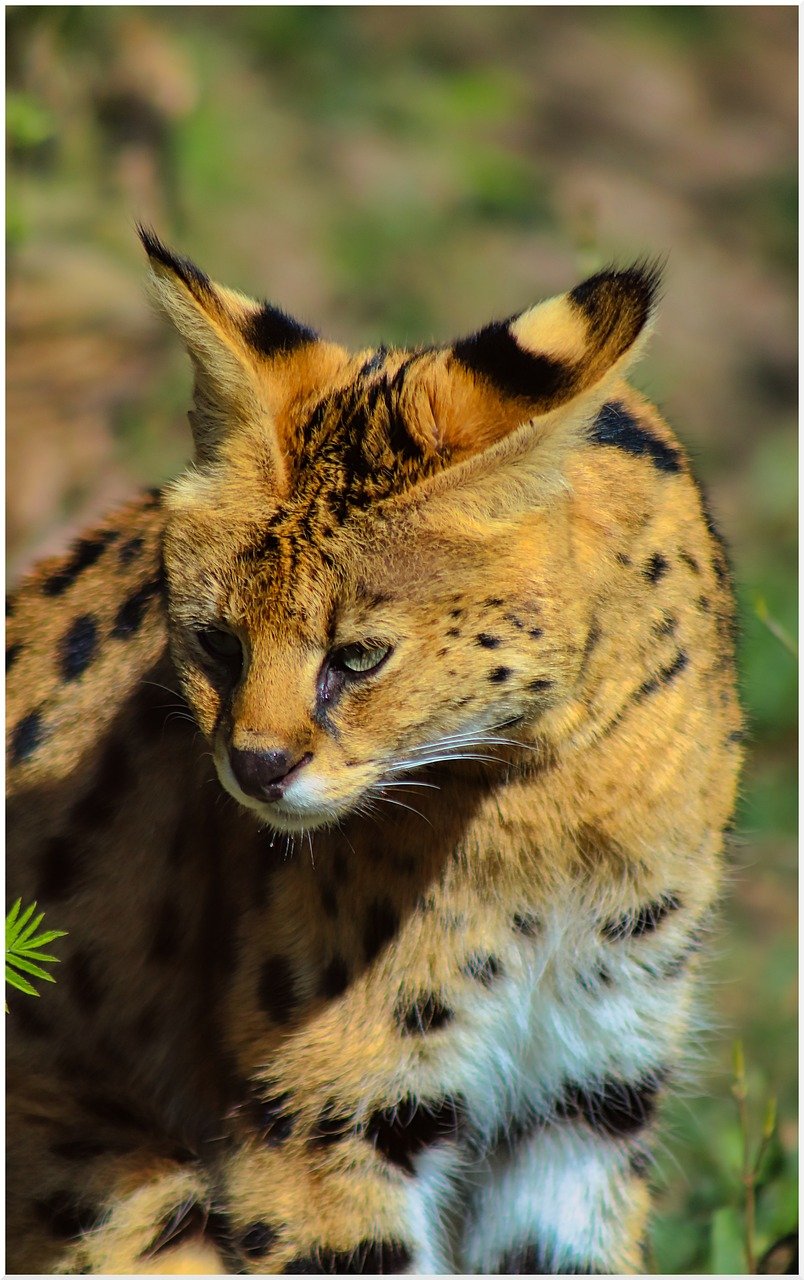
Servals, native to the African grasslands, are known for their long legs and exceptional hunting abilities. While not primarily aquatic, these cats often hunt near water sources where prey, such as birds and small mammals, congregate. Their impressive leap allows them to catch prey mid-air, a skill that serves them well near water. Servals are not keen swimmers, but they will wade into shallow waters if it increases their chances of a successful hunt. Water, for servals, is a strategic element in their hunting repertoire, highlighting their adaptability and keen instincts. These cats exemplify the diverse ways in which big cats utilize water, each finding unique methods to thrive in their environments.
Siberian Tigers: Water in the Taiga
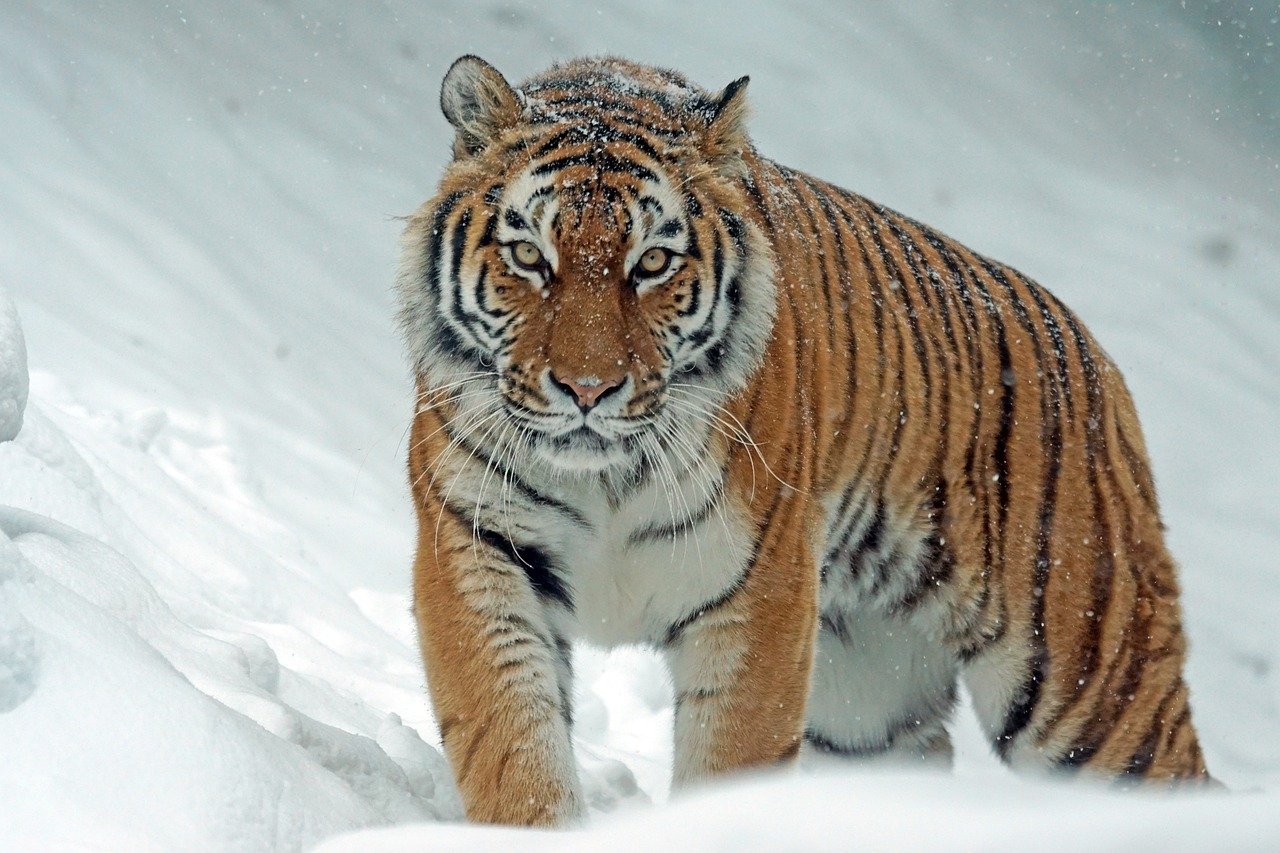
Siberian tigers, the largest of the tiger subspecies, are found in the cold forests of Russia’s Far East. While they do not have the same affinity for water as their Bengal counterparts, they are capable swimmers. Water plays a role in their lives as a means of crossing rivers and accessing remote areas within their vast territories. These tigers may hunt near water sources, where prey such as deer and boar frequent. While not dependent on water, Siberian tigers demonstrate the adaptability inherent in big cats, using water as a tool rather than a habitat. Their majestic presence in such a harsh environment underscores the resilience and strength of these magnificent creatures.
Asiatic Lions: Water in the Gir Forest

Asiatic lions, found in the Gir Forest of India, have a more limited interaction with water compared to their African relatives. These lions inhabit dry deciduous forests where water is a precious resource. Although they do not swim, they are known to frequent waterholes for drinking and cooling off during hot seasons. Water sources play a crucial role in their survival, attracting prey and providing hydration in a parched landscape. Asiatic lions’ relationship with water is one of necessity rather than preference, highlighting the diverse ecological adaptations of big cats. Their reliance on waterholes underscores the importance of conservation efforts to protect these vital resources.
Caracals: Quiet Stalkers of the Night

Caracals, with their distinctive tufted ears, are solitary hunters found in Africa and the Middle East. These cats are not particularly fond of water but will drink from available sources. They prefer arid environments where their stealth and agility allow them to hunt efficiently. Water is a secondary element in their lives, providing hydration rather than a habitat. Caracals’ relationship with water reflects their specialization in dry landscapes, showcasing the diversity of big cats across varied environments. Their ability to thrive in such conditions is a testament to the adaptability and resourcefulness of these enigmatic felines.
Eurasian Lynx: Water in the Boreal Forest
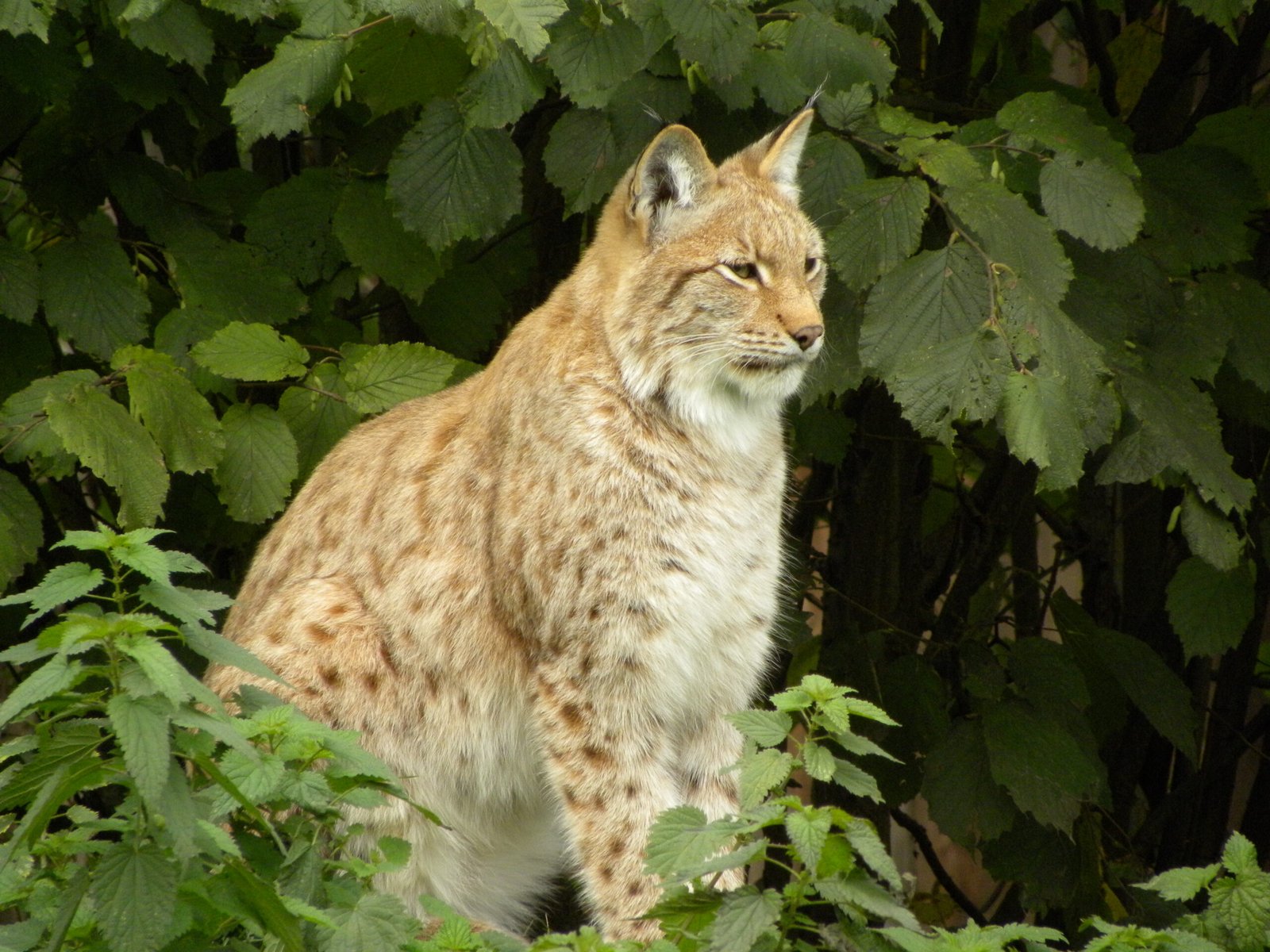
Eurasian lynx, native to the forests of Europe and Asia, have a limited relationship with water. These solitary cats prefer dense woodland habitats where they hunt for small mammals and birds. While they may drink from streams and rivers, they are not known for swimming. Water serves as a boundary in their territories rather than a central element of their lives. The lynx’s reliance on forested environments highlights the diverse adaptations of big cats, each finding its niche in the natural world. Their presence in such habitats underscores the importance of preserving forest ecosystems for the survival of these elusive predators.
Ocelots: Water in the Rainforest
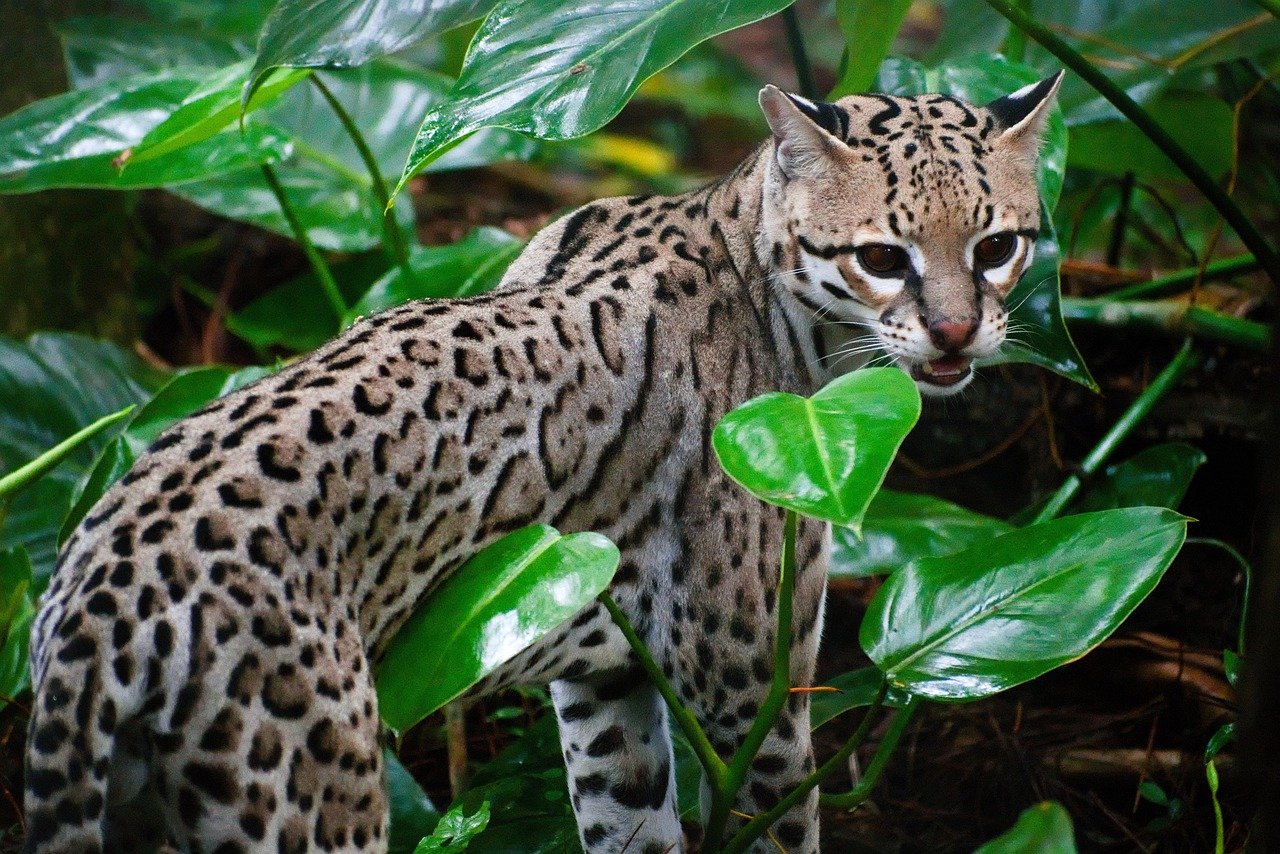
Ocelots, small and elusive cats of the rainforest, have a unique relationship with water. These cats are adept swimmers, often found near rivers and streams where prey is abundant. Water serves as a hunting ground, providing access to fish and other aquatic creatures. Ocelots’ spotted coats offer perfect camouflage in the dappled light of the forest, allowing them to approach prey undetected. Their affinity for water highlights their adaptability and resourcefulness in a complex ecosystem. Unlike other big cats, ocelots embrace water as an integral part of their lifestyle, showcasing the diverse ways in which felines interact with their surroundings.
Margays: Water in the Canopy
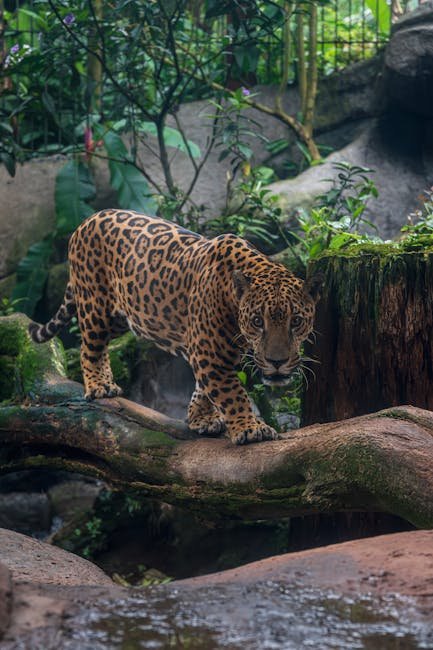
Margays, small and agile cats of the rainforest, have a limited relationship with water. These arboreal hunters are more at home in the trees, where they use their exceptional climbing skills to hunt for birds and small mammals. While they may drink from streams, they are not known for swimming. Water serves as a backdrop to their tree-dwelling existence, providing hydration rather than a habitat. Margays’ unique arboreal lifestyle highlights the diverse adaptations of big cats, each carving a niche in their respective ecosystems. Their reliance on the canopy underscores the importance of preserving forest habitats for these elusive felines.
Bobcats: Water in the Wilderness
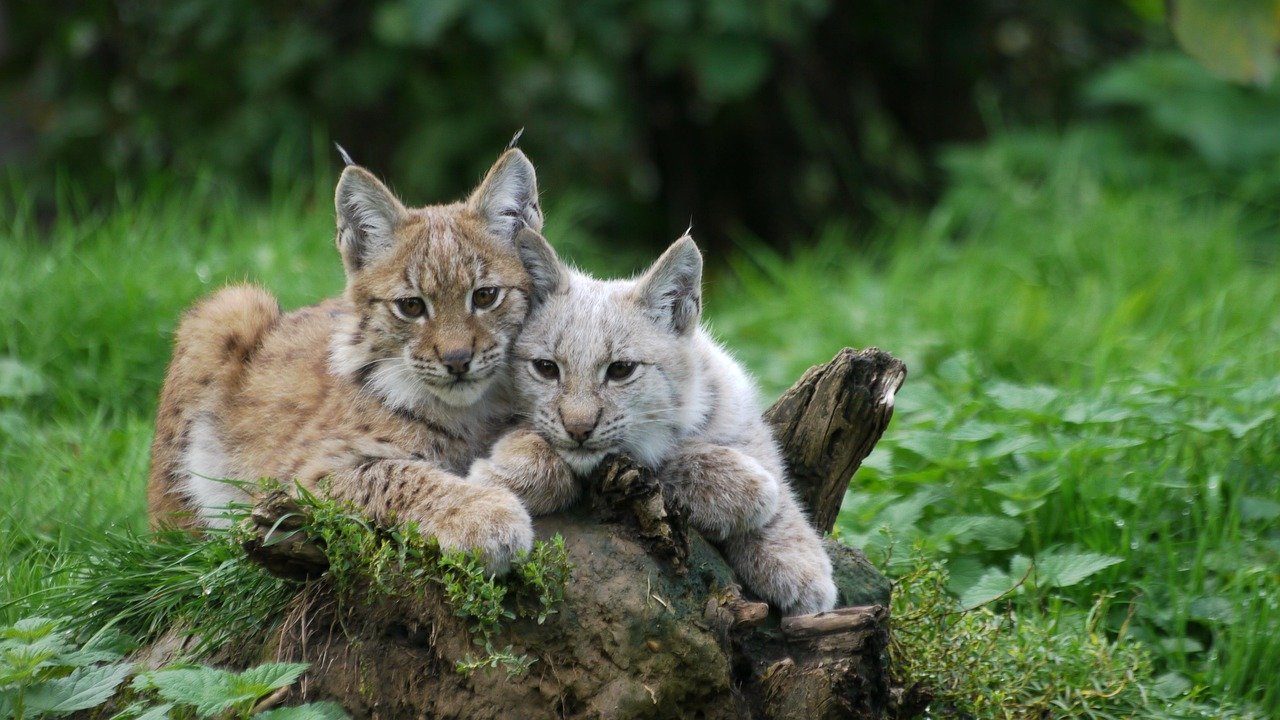
Bobcats, found across North America, have a varied relationship with water depending on their environment. These adaptable cats may be found near rivers and lakes, where they hunt for small mammals and birds. While not enthusiastic swimmers, bobcats can cross water if necessary, demonstrating their resilience and resourcefulness. Water plays a supporting role in their lives, providing both sustenance and a habitat rich in prey. Bobcats’ ability to thrive in diverse environments highlights the adaptability inherent in big cats, each finding unique methods to survive in the wild. Their presence in such varied landscapes underscores the importance of conserving natural habitats for the survival of these enigmatic predators.
Conclusion

The relationship between big cats and water is as diverse as the species themselves. From the aquatic prowess of jaguars and fishing cats to the land-based agility of cheetahs and caracals, each feline has carved a niche in its respective environment. Water serves as a tool, a habitat, or a backdrop, depending on the species and its ecological needs. This fascinating interplay highlights the adaptability and resourcefulness inherent in big cats, each uniquely suited to its surroundings. Understanding these relationships is crucial for conservation efforts, ensuring that these majestic creatures continue to thrive in a rapidly changing world.
Hi, I’m Bola, a passionate writer and creative strategist with a knack for crafting compelling content that educates, inspires, and connects. Over the years, I’ve honed my skills across various writing fields, including content creation, copywriting, online course development, and video scriptwriting.
When I’m not at my desk, you’ll find me exploring new ideas, reading books, or brainstorming creative ways to solve challenges. I believe that words have the power to transform, and I’m here to help you leverage that power for success.
Thanks for stopping by, Keep coming to this website to checkout new articles form me. You’d always love it!






